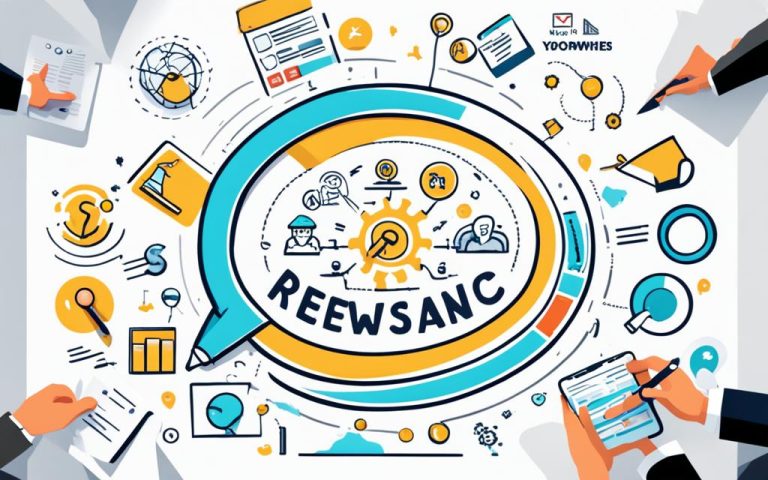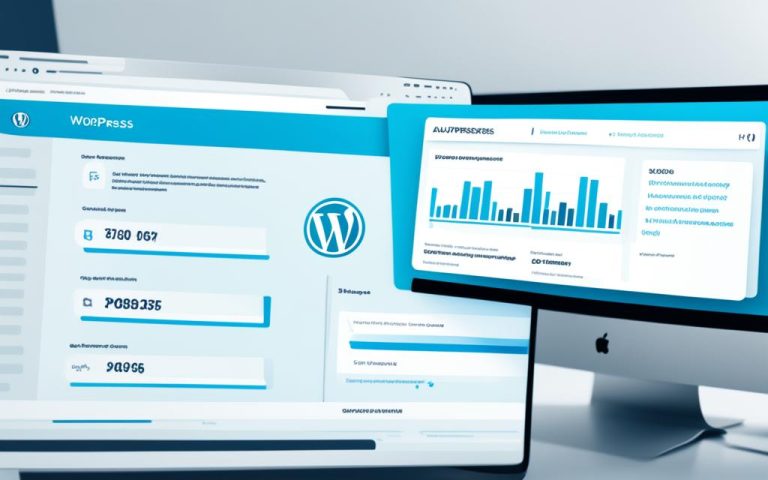Understanding Permalinks in SEO & Web Design
A permalink is the full URL of a post, page, or other content on a website. It consists of the domain name and a slug, which is the part of the URL that comes after the domain name. Permalinks play a crucial role in both SEO and web design, and understanding their importance is vital for optimizing your website’s visibility and user experience.
When it comes to SEO, search engines utilize permalinks to index and rank websites. Having an SEO-friendly permalink structure helps search engines understand the content of your page and improve its visibility in search results.
By default, WordPress uses a permalink structure that may not be SEO-friendly. However, it can be easily customized using tools like Yoast SEO to create a more optimized URL structure.
In terms of web design, permalinks contribute to a better user experience. Clear and readable URLs are more likely to be clicked and shared by users, increasing traffic to your website.
Next, we’ll delve deeper into why permalinks matter for SEO and explore best practices for creating SEO-friendly permalinks.
Why Permalinks Matter for SEO
Permalinks play a crucial role in search engine optimization (SEO) by influencing the visibility and ranking of a website in search engine results. Search engines consider the URL structure as a ranking factor, making it essential to have a user-friendly and SEO-friendly permalink structure.
Having a well-structured permalink helps search engines understand the content of a page and categorize it appropriately in search results. A descriptive and concise URL that includes relevant keywords can significantly improve a website’s visibility and click-through rate. Clear and readable permalinks are more likely to be clicked and shared by users, further enhancing the website’s exposure.
When crafting permalinks, it is important to consider the user experience and create URLs that are easy to comprehend and remember. By optimizing the URL structure, websites can improve their chances of ranking higher in search engines and attract more organic traffic.
Here are some key reasons why permalinks matter for SEO:
- Search Engines: Permalinks help search engines determine the relevance and context of a webpage, enabling them to accurately index and rank the content. An SEO-friendly URL structure provides search engines with valuable information about the webpage’s subject matter, facilitating better visibility in search results.
- User Experience: Clear and concise permalinks enhance the user experience by providing a logical and intuitive structure. Users can quickly understand the content by looking at the URL, making it easier for them to navigate and share the webpage.
- Keyword Optimization: Including relevant keywords in permalinks can boost a website’s SEO performance. Search engines consider keywords in URLs when determining the relevance of a webpage to a user’s search query. Using targeted keywords in permalinks can help improve a webpage’s ranking for specific search queries.
Optimizing Permalinks for Better SEO Results
To make permalinks more SEO-friendly, consider the following best practices:
- Descriptive Structure: Choose a permalink structure that includes the post or page title. This structure provides a clear indication of the content and is preferred by search engines and users alike.
- Short and Relevant Slug: Keep the URL slug concise and focused. Including the primary keyword in the slug can help search engines and users understand the topic of the webpage.
- Categories and Tags: If applicable, use categories and tags in permalinks to organize content and improve SEO. However, ensure the URLs remain concise and easy to read.
By following these practices, website owners can create permalinks that are SEO-friendly, optimize the URL structure, and enhance the user experience.
Best Practices for Creating SEO-Friendly Permalinks
When it comes to creating SEO-friendly permalinks, there are several best practices to keep in mind. One of the most important considerations is the permalink structure itself. For most websites, including the post name in the URL is highly recommended. This structure is not only simple and concise, but it also provides an opportunity to include relevant keywords for optimal SEO.
Another aspect to consider is the length of the URL slug, which is the part of the URL that comes after the domain name. It is crucial to keep the slug short and relevant, while still incorporating the main keyword of the page or post. This helps search engines understand the content and improves the chances of higher rankings in search results.
In addition to the permalink structure and length, the use of categories and tags can play a role in optimizing permalinks. By including relevant categories and tags in the URL, you can provide better organization for your content and enhance its visibility in search engines. However, it’s important to strike a balance and ensure that the use of categories and tags doesn’t make the URLs too long or complicated for users to understand.
Overall, creating SEO-friendly permalinks involves optimizing the URL structure, incorporating relevant keywords, and providing a good user experience. By following these best practices, you can improve the visibility and searchability of your website, making it easier for both search engines and users to navigate and find your valuable content.
FAQ
What is a permalink?
A permalink is the full URL of a post, page, or other content on a website. It consists of the domain name and a slug, which is the part of the URL that comes after the domain name.
Why are permalinks important for SEO?
Permalinks are important for SEO because search engines use them to index and rank websites. A user-friendly, SEO-friendly permalink structure is essential for better visibility and shareability.
How do permalinks impact SEO?
Permalinks have a significant impact on SEO. Search engines consider the URL structure as one of the ranking factors. A user-friendly and SEO-friendly permalink structure helps search engines understand the content of a page and rank it accordingly in search results.
How do permalinks improve website visibility?
URLs should be descriptive, concise, and include relevant keywords. A well-structured permalink can improve the visibility and click-through rate of a website in search engine results.
How do permalinks contribute to user experience?
User experience is crucial, and clear, readable URLs are more likely to be clicked and shared by users.
What factors should be considered when creating SEO-friendly permalinks?
When creating SEO-friendly permalinks, it is important to consider the permalink structure, the length of the URL slug, the use of keywords, and the inclusion of categories and tags.
What is the best permalink structure for most websites?
The best permalink structure for most websites is to include the post name in the URL. This structure is simple, concise, and keyword-rich.
How should URLs be structured for optimal SEO?
The URL slug should be short and relevant, including the main keyword of the page or post. Adding categories and tags in permalinks can help organize content and improve SEO, but it should be done in a way that keeps URLs short and easy to understand.
What is Yoast SEO and how can it help in managing permalinks?
Yoast SEO is a recommended tool for managing and optimizing permalinks in WordPress.














